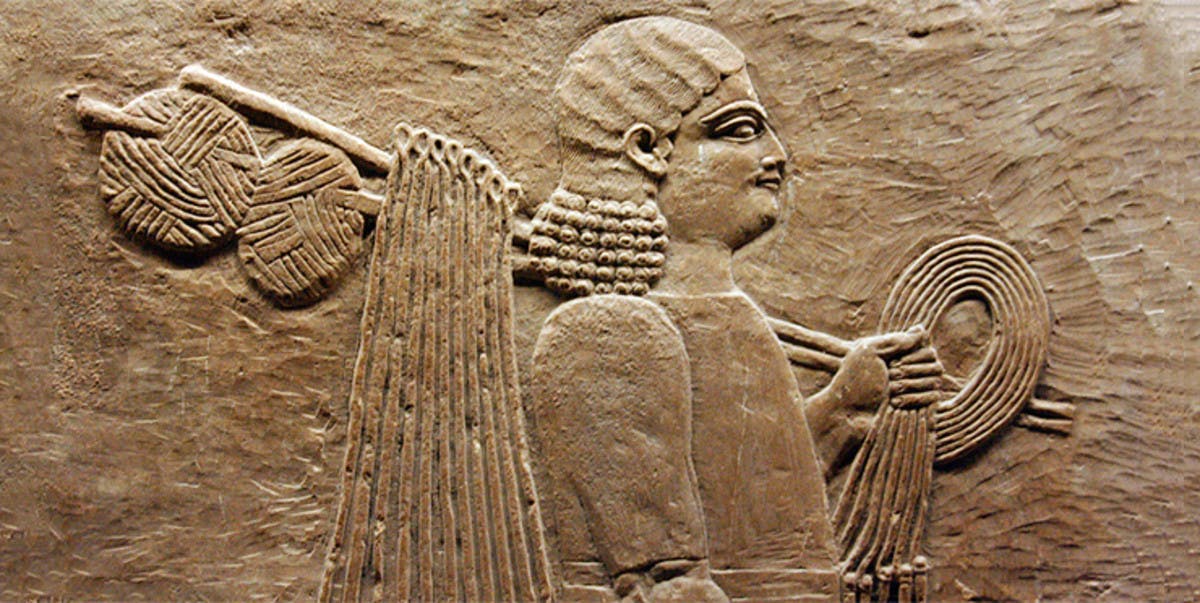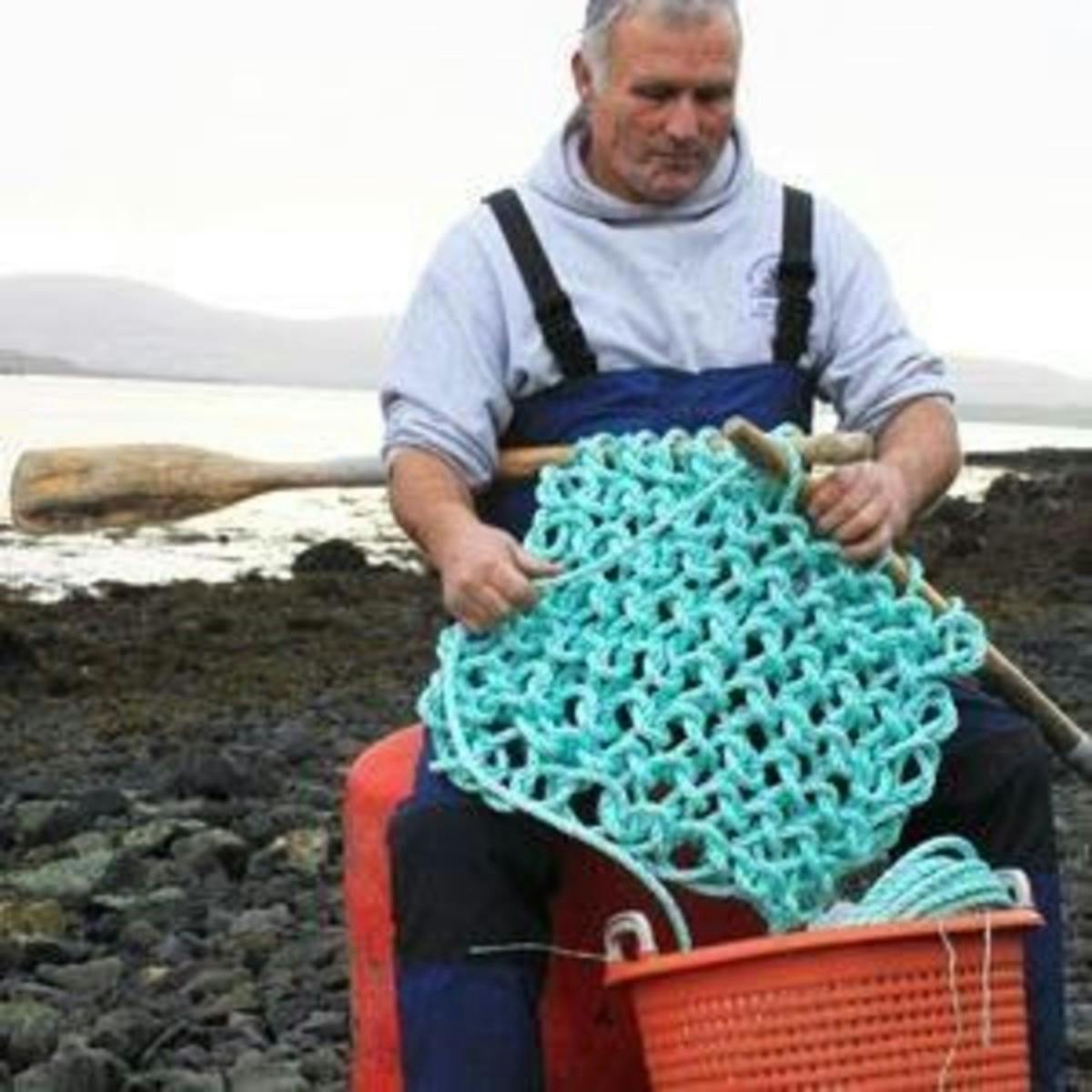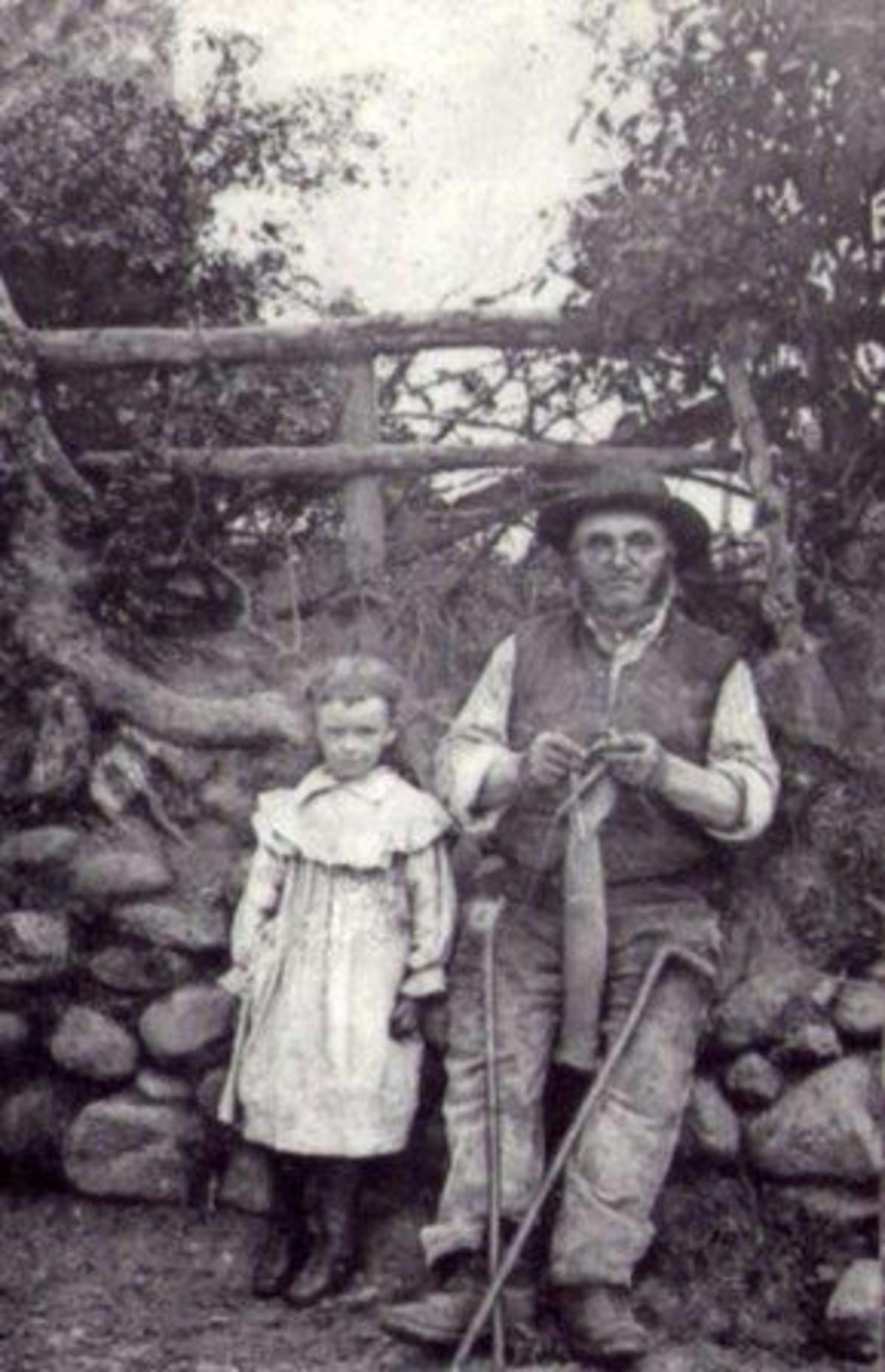Originating from the word cnyttan, knitting basically means “to tie with a knot.” In a more complicated definition, it is a process of creating loops of threads that interlock row by row through the use of yarn and needles. People use it during leisure, in their work, or as a therapy. But how did it actually began? Not everybody knows knitting history.

Photo by piedozzino
The oldest recorded knitted items have been found in Egypt, dated between the 11th and 14th centuries AD. Additionally, Europe’s earliest known knitted items were created by Muslim knitters employed by Spanish Christian royal families. They were very skillful and made many different items like cushion covers and gloves. Archaeological findings from the many cities of Europe show that this activity spread throughout Europe in the 14th century. It extended through Britain during the 16th century. It reached the Scottish Isles during the 17th and 18th centuries. Now, it has become the preoccupation of many. There were cases of whole families who did the activity as a form of a job. This became an important source of income.

The first documented knitting traditions can be traced to Arabian fishermen. They used knitting techniques to create nets. They found that it was a much more efficient way to fish. Eventually, these techniques were applied to creating clothing.
In Europe during the middle ages, guilds were created to control the quality, production, and price of knitted goods. Young boys would enter these guilds as apprentices and learn to become master knitters themselves.
Throughout the middle ages, men were predominantly in the knitting profession. This career diminished with the dawn of the industrial age. Machines were invented that could do the work of many men and outpace the production of the human knitter. However, boys continued to be taught the skill, as not everyone had access or could afford machine-knit goods.
Don’t forget to finish off your project with a custom clothing label to commemorate the time, place, and loving hands that made it.













